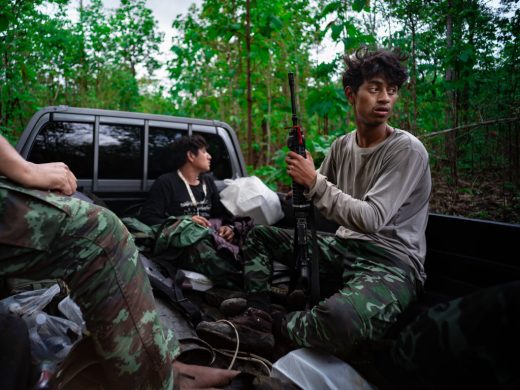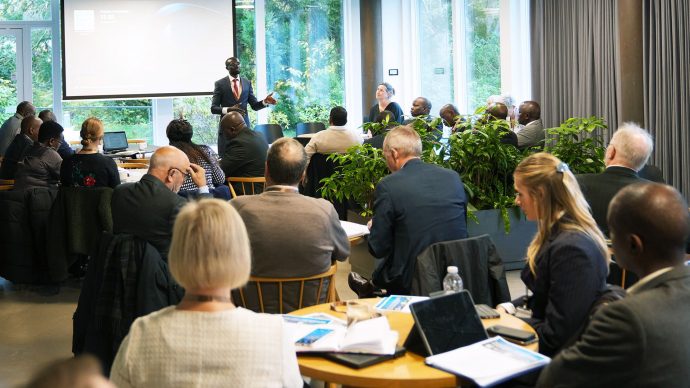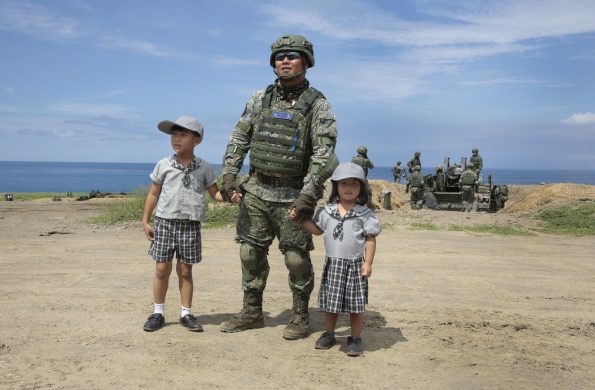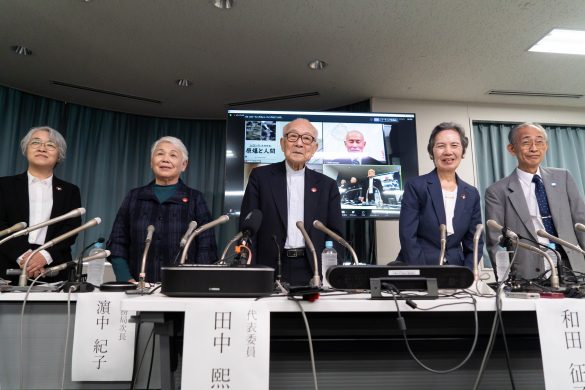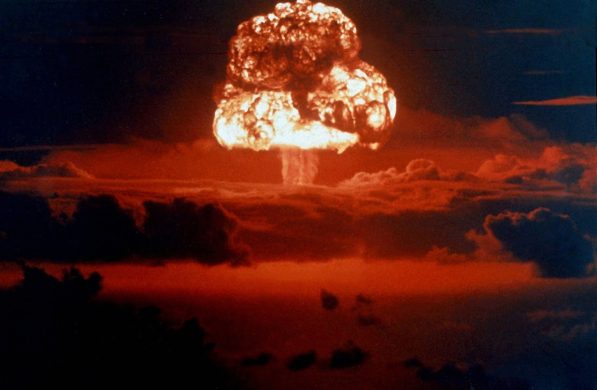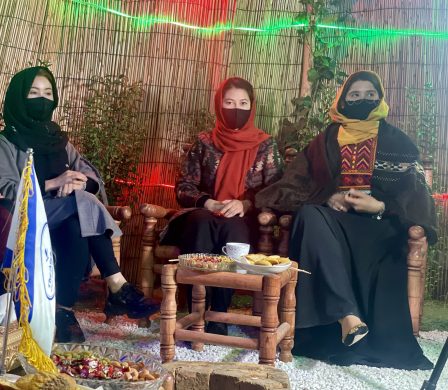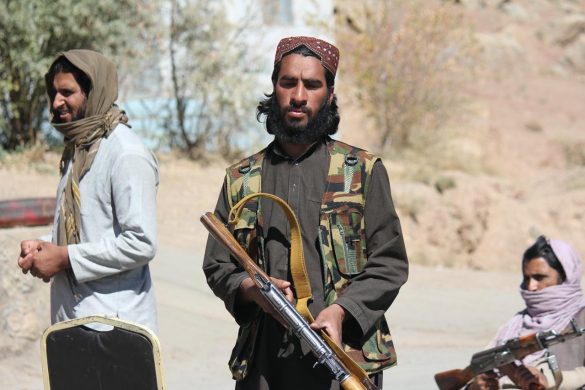When disaster strikes – the first hours of UN mobilization
NEW YORK, 14 August 2009: It was 2 a.m. at the United Nations Geneva headquarters when the news broke on 26 December, 2004 – a massive earthquake had rocked the floor bed of the Indian Ocean.
Veteran official Arjun Katoch, duty officer that night, had seen it all before – at almost the same time exactly a year earlier a quake had devastated the Iranian city of Bam.
But this time was different for the first-line responder at the UNs nerve centre for dealing with sudden-onset crises: The quake had spawned a tsunami of as yet undetermined proportions that affected a dozen countries over a vast area.
– It was obvious that there was going to be a huge deployment,” Mr. Katoch, a former parachute colonel in the Indian army, tells the UN News Centre.
He does so on the eve of the first annual World Humanitarian Day on Wednesday 19th August, describing the nuts and bolts of the immediate response to a crisis in the first foggy hours after catastrophe strikes.
Within three hours he had mobilized the first disaster coordination teams of what was to be the largest and most far-flung deployment of such groups that the UN has fielded, reaching at its peak some 45 members in five different locations around the world.
Tiny in comparison with the armies of rescue and relief workers, they are of prime importance in avoiding duplication, wasted effort and further chaos in an already chaotic situation.
Mr. Katoch holds the unwieldy titles of Chief of FCSS (Field Coordination Support Section) at the INSARAG (International Search and Rescue Advisory Group) Secretariat, ad interim Chief of CMCS (Civil Military Coordination Section), mobilizing UNDAC (UN Disaster Alert and Coordination) teams at UN OCHA (Office for the Coordination of Humanitarian Affairs) Emergency Services Branch in Geneva.
But beneath the rash of acronyms (forkortelser) lies the very real responsibility of getting the right people to the right places in the shortest time.
Geneva headquarters deals with immediate disaster response, and Mr. Katoch started mobilizing the first UNDAC teams within some three hours of being informed of the crisis, after seeking, often fruitlessly, more data from the United States Geological Survey, affected governments and others.
– Getting the UNDAC teams out is one of the first actions taken because they’re the ones who are going to help the governments get organized on the spot, and if they don’t get out fast, you suddenly have this huge inrush of NGOs (non-government organizations) and bilateral assistance, and this and that, arriving in a very chaotic and uncoordinated fashion, he says.
This in fact happened in some of the tsunami relief operations, where host countries and agencies could not cope with the huge inflow of aid and workers.
The first two teams – disaster management professionals nominated and funded by member governments and UN agencies – reached their locations within 24 hours.
By early morning New York time, Mr. Katoch phoned the then-chief UN humanitarian official, Emergency Relief Coordinator Jan Egeland.
– I had dealt with disasters and wars for many years, but the initial reports from many countries on two continents suggested a totally unprecedented disaster and the need for us to respond with unprecedented energy, Mr. Egeland tells the UN News Centre.
More people died in a 1976 earthquake in China and floods in Bangladesh in the early 1970s than the 227.000 who are estimated to have perished in the tsunami, but these earlier crises were geographically circumscribed (afgrænsede).
Back in Geneva, Mr. Katoch concentrated on the search and rescue operations – “the one in which you have to get people out alive from the collapsed buildings” – that are the domain of INSARAG, in which some 80 countries participate under the UN umbrella.
– In Bam, by day three we had 1.300 respondents from 34 different countries, he said, adding:
– Our function is to make sure that… everything that goes, goes in a cohesive coordinated fashion – I mean it is almost impossible to do, but as cohesive and coordinated as we can.
– We not only act as a coordinating body at headquarters; we are responsible for creating an on-site coordination centre at the site of the earthquake to help the national government, notes he.
Mr. Katoch, was coincidentally duty officer when a devastating quake hit Pakistan in October 2005: – People do not want me to be duty officer any more, he says wryly – this time at about 9 a.m. Geneva time.
By that night an UNDAC plane was on its way to the scene.
The former paratrooper retires from the UN in three months, when he reaches 62, after 16 years of service.
His most challenging experience was in Somalia, where he ran the UN humanitarian operation centre in Mogadishu in 1993 and 1994: “Rather fun. I got taken hostage once, got shot at twice.”
Kilde: FNs nyhedstjeneste





